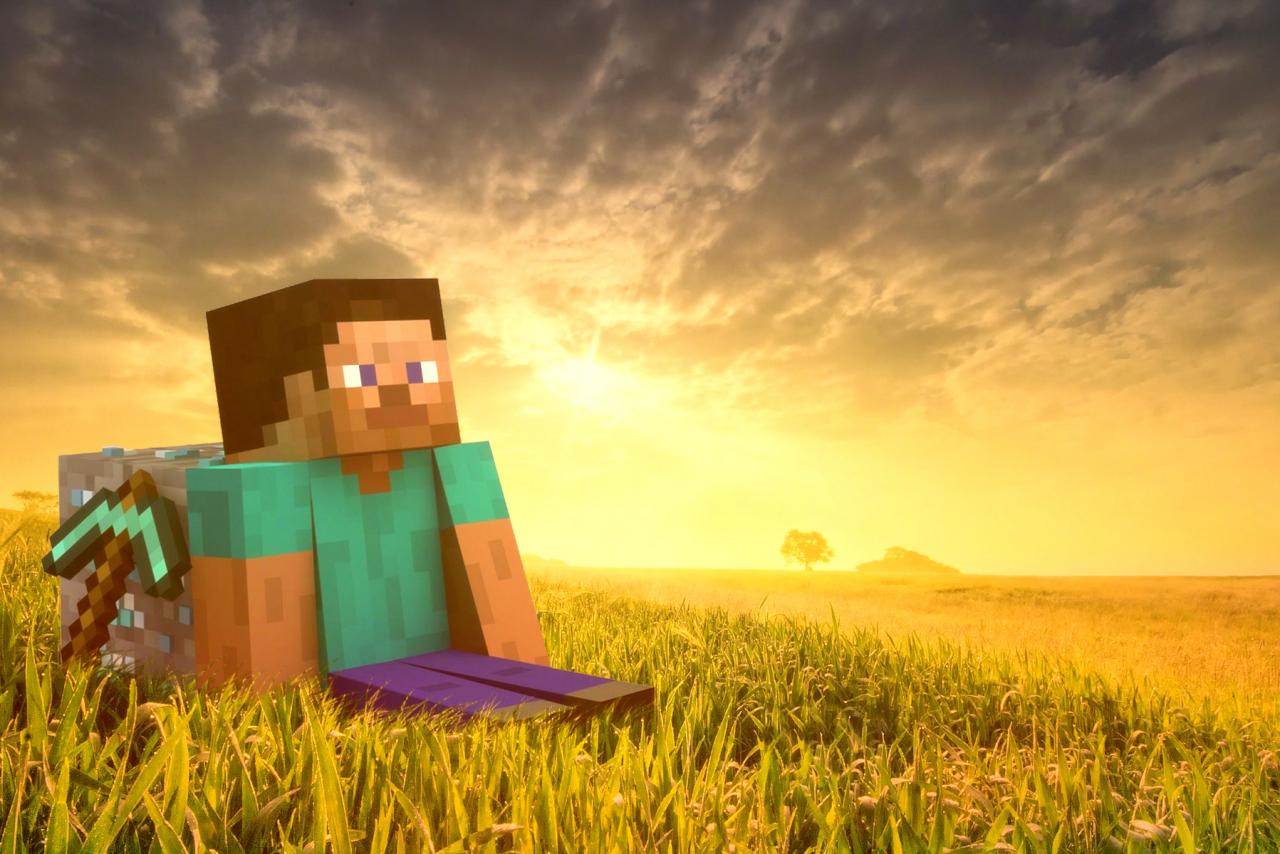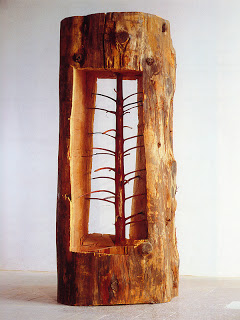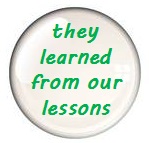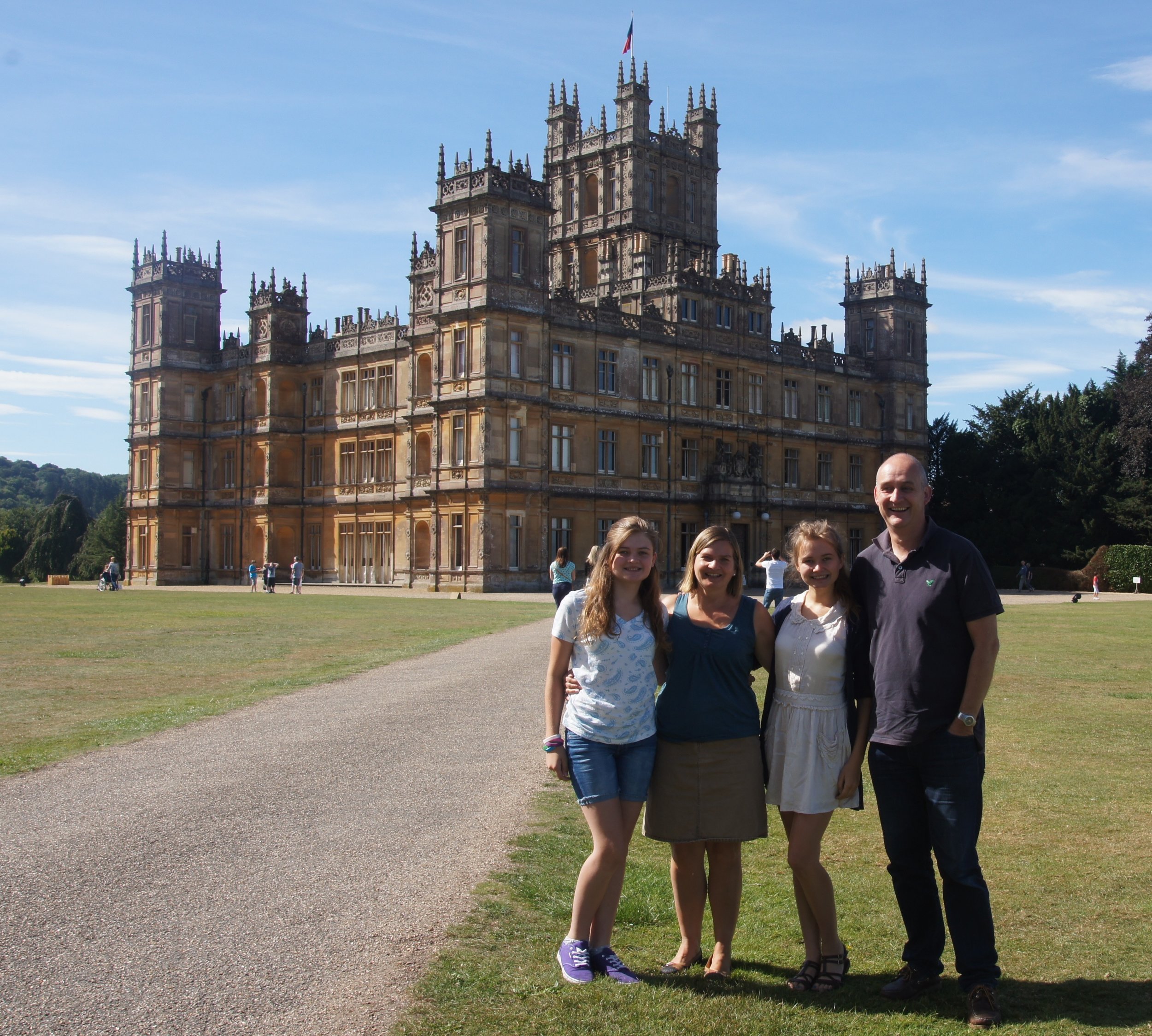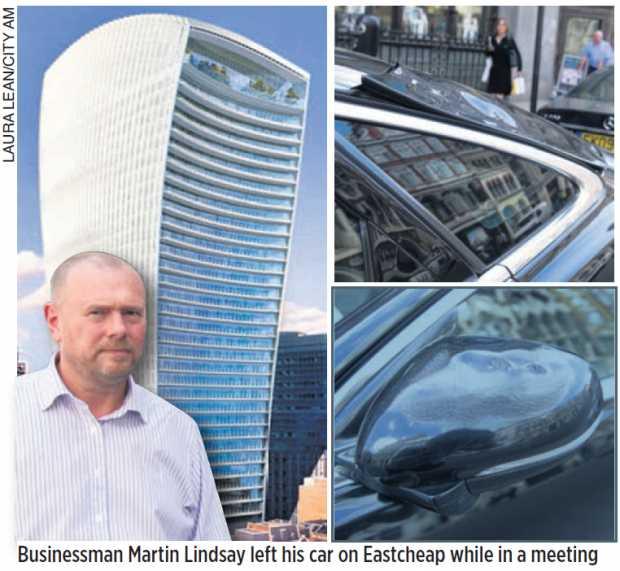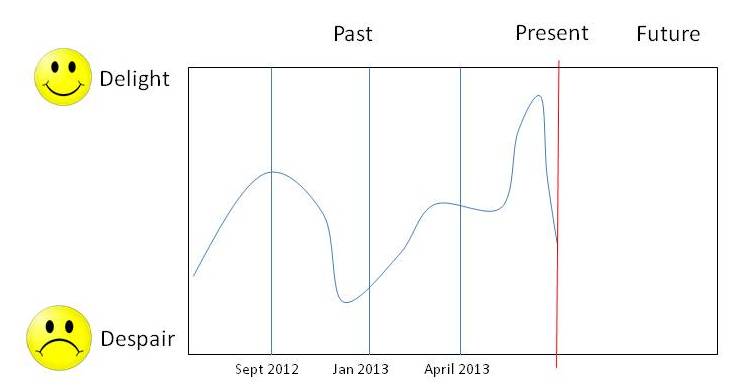Minecraft is a phenomenon. It has around 40 million paying players worldwide, and probably tens of millions more when you count those using free or pirated versions of the game. Merchandise bearing its logos - hoodies, wallets, necklaces - can be found wherever computer game spin-offs are sold. Its Swedish creator, Markus ‘Notch’ Persson, is rapidly becoming the kind of celebrity who needs a bodyguard for public events. If you're not one of the 40 million enthusiasts, Minecraft is a popular online “survival” or “sandbox” game that puts players in a randomly-generated world where theycan create their own structures and contraptions - It's often compared to a kind of infinite virtual Lego set, which can be played in creative mode, alone or socially, or in survival mode, where the players have to defend themselves against attacks from various creatures.
Gaming website G4 describes it in an interesting way, which caught my eye.
"In a way, Minecraft is the exact opposite of most games out there. The focus is on exploration, not accomplishment. You can dig all day and find some gold, but the game isn't going to reward you with anything but some gold. The presentation is secondary to the gameplay itself -- your imagination fills in the blanks as opposed to an army of highly paid texture artists. Minecraft doesn't lead you through the same experience every other gamer has. What you get is yours alone."
Hold that thought, whilst we swap the world of Minecraft for the world of knowledge management.
I'm just finishing an assignment working with one of the largest construction programmes in the UK, advising and helping them with their approach to knowledge and learning. It's one of those times when there is no immediate "customer" for the knowledge - to there is nobody to request a peer assist, hear a set of stories or receive a baton. In this case, it's collect rather than connect.
Here are the steps we're taking together.
- We designed some good open questions and a relaxed interviewing approach to elicit stories, examples, the basis for decisions, rules of thumb, documents, references and further contacts.
- The interviews were framed a chance to send a "message to the future", which helped gave a forward momentum and practical edge to the advice and examples.
- Each interview was recorded and fully transcribed.
- The interviewees concluded each session by providing a short video of their message to the future and top recommendations. The most effective ones explained their points on a flipchart whilst on camera.
That gives us a significant resource of half-a million words, hundreds of recommendations, stories and examples, documents and connections to individuals.
The trick now is to avoid the temptation to weave everything together into a single version of the truth, complete with ten commandment top tips and a clearly defined path which leads the learner. Instead, we need to take a leaf (block?) out of Minecraft's book and create a resource for which the focus is on exploration.
That will be the best way to serve a future team with as yet unknown knowledge needs - to help them find some gold.

